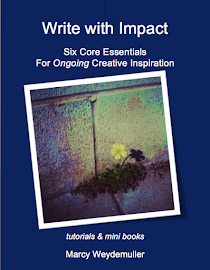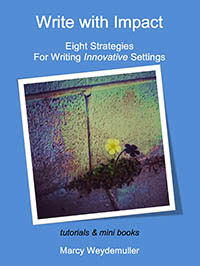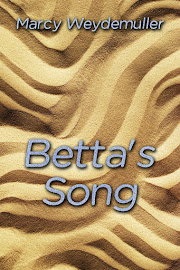Workshop: An Introduction to Writing for Children and Young Adults
Treasure=Relationships
Writing can be a very solitary pursuit. Which
is in a way a rather odd characteristic considering that writers write to share
with others. It is a joy to
connect with readers, especially those who share an interest in our topics. And
it is a joy to have fellow writers to walk the journey together to support the
bad days as well as the good. It is a gift to be able to talk with others in
our field and learn from each other both personally and professionally.
So consider finding some co-writers to
connect with, whether through small groups or conferences or one-to one with a
trusted friend. Be willing to become accountable and support each other on a
journey that can last years.
Look for a fit that is supportive to all who
are involved whether from beginner to experienced. Be honest regarding each of
your needs. And treat each other with respect. Sometimes it will take a while
to find that kind of fit but don’t give up. Writing can be like climbing a
ladder where we need a hand to pull us up and we in turn reach to the person
next to us. Our strengths and weaknesses vary just as do our personalities and
when we work together we all move forward.
I have a colleague that is a whiz at anything
technical or marketing and she is the first one I go to when I get stuck
because she knows how to explain the foreign concepts to me. She in turn knows
that I love to brainstorm new possible projects, and sometimes go way out of
the box just to juggle our misconceptions. So when she has a new project brewing
we schedule a fun, crazy, brainstorm day.
So in case any time you are looking to build
up a small group, whether in person, or by old-fashioned mail, by a skype mode,
or an online chat-room, here are some beginning guidelines to consider.
Action Steps:
1.
Talk
to some friends about forming a feedback-writing group.
2.
Decide
if you want to share your projects once or twice a month.
3.
Will
you get together in person or by skype type mode, or in an online chat forum
such as Facebook?
4.
Consider
how to work out a consistent schedule if you are in different time zones or
continents.
Share: What did you decide?
Have a wonderful new year filled with writing!
Read deep, marcy
Small Group Feedback
Preliminary
1. When exchanging manuscripts be sure to let
your readers know what assistance you need. If this is an exploratory draft,
then you just need general feedback. However, if you are submitting it to an
agent then you need the red line polish with no mercy.
2. As the writer don’t try to argue your
‘errors’. Accept the comments graciously and recognize that either, the reader
really didn’t understand, or you did not get your intent across.
3. If everyone is making different
suggestions on the same segment, then that is a clue something needs fixing.
4. However, at the end of their comments, do
ask if you need more clarity anywhere, or if no one mentioned an area that you
were worried about asking if it worked.
Procedure
1.
Do a quick read through.
2.
Read again and make comments on
the manuscript. Ask questions. Point out confusion or difficulties. Where a
different word choice could be made or a sentence is awkward, make a note.
3.
Perhaps suggest a different
approach—for example “try this scene in dialogue.”
4.
At the end of the manuscript
write a brief summary of your overview.
5.
Sign your name so that if author
has follow-up questions they can ask you privately.
Feedback
1.
Begin with positive comments. We
need to know what’s working in order to build on strengths.
2.
Where there are weaknesses, give
helpful feedback: not a value judgment such as “this is bad!” Say why it isn’t
working in your opinion: example, “not sure where this is happening”,
points out a setting or time difficulty.
“Strive for honest opinions, tempered with kindness.” (Cecil Murphey)
3.
For fiction look at beginning,
plot development, and conclusion. Does the structure work for this story?
Setting? Language? Word choices? Age appropriate? Genre?
4.
If you know of a book to
recommend where another author has successfully used a problem area, write it
down. For example, a writer is having difficulty with flashbacks, time travel,
or describing a horse.
Non-Fiction Feedback
- Does the title peak your
interest? Is in inventive and original?
- Does the introduction draw
you in; make you want to know more? Are you sure what the opening main
point/thesis is? Could you restate the thesis?
- Does the writer give enough
concrete and specific examples to illustrate and prove his or her points?
Which examples stand out in your mind?
- Were you always sure why
information was being given to you? Were you confused at any point? Which
part did you have the most trouble understanding?
- Is the conclusion
satisfying? Did it seem to tie up the thesis without restating or
summarizing the main points? Did it reach out to make personal or
universal observations about the implications of the theme? Describe your
feelings when you heard the conclusion. Use a simile if you can—“The
conclusion is like…”
- Are the quotations cited and
punctuated correctly within the text? Are they gracefully integrated?








